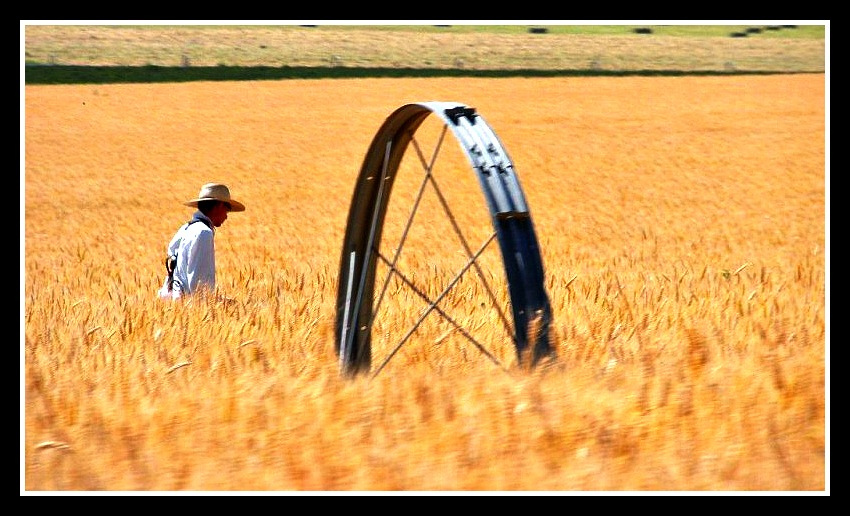COVID-19 has created many interruptions to agricultural supply chains. Panic buying has created shortages of some commodities and gluts in others. Nevertheless, Daniel Sumner, agricultural economist and UC Davis and director of the UC Agricultural Issues Center, says that the agricultural supply chain is “remarkably resilient and effective”. However, the resilience of the agricultural supply chain depends on quick and creative responses to global shocks like COVID-19 and well-functioning markets. Global trade is slowing down as countries attempt to secure their borders, and workers are encouraged to stay home from work if it is not essential to go to work. Agricultural work is essential, but farm employers are citing difficulty finding sufficient workers. Innovative responses to labor shortages today could ensure the availability of fresh fruits and vegetables in a few months.
The farm labor supply was tight prior to pandemic. Now borders are closed to non-essential labor migration, and the Department of State has decided not to process H-2A agricultural guest worker visas that require in-person interviews during the present pandemic. To help reduce farm labor shortages, the Department of State has also decided to waive in-person interviews for some applicants, including applicants whose previous visas expired within the past 48 months and did not require a waiver of ineligibility during the most recent application.
According to analysis of the 2016 National Agricultural Workers Survey (NAWS), 73% of the crop workforce is foreign-born, 1% are newcomers to U.S. agricultural work, and 10%[1] are international “shuttlers”, meaning that they migrate back and forth between U.S. farm work and a destination outside of the country each year. In the Northwest region (Washington, Oregon, Idaho, Montana, Wyoming, Nevada, Utah, and Colorado), 14% of crop workers are international shuttlers. Whether these workers are able to work on U.S. farms this year may depend on which side of the border they are currently residing.
The NAWS does not interview H-2A workers or employees of Farm Labor Contractors, excluding much of the seasonal farm workforce on which we rely. The Department of Labor certified 257,666 H-2A positions in Fiscal Year 2019, 11 percent more workers than in FY2018. It is unknown how many of these workers will return to U.S. farms in 2020. The USDA Farmers.gov published a list of employers with H-2A workers whose visas are expiring in April, along with the address of the employer. These workers are potentially eligible to obtain an H-2A visa to work on a different farm. There are 12 visas expiring in Montana, 24 in Idaho, 10 Wyoming, 3 in Washington, and 23 in North Dakota.
Some farm employers are taking additional measures to ensure the health of their employees, including spreading work crews to promote social distancing, providing additional handwashing stations and hand sanitizer in the fields, delivering food to farm workers’ residences, and improving access to medical care. Many farms do not reach peak employment until mid-summer, and the ever-evolving situation with COVID-19 may change between now and then. Nevertheless, securing a farm workforce and a workforce to process and transport commodities along the supply chain to grocery shelves should be a national priority. This may require further changes in labor migration policies and policies to help protect the health of farm employees and employees throughout the agricultural supply chain.
[1] This does not include workers who migrate to a location on the U.S. border.

